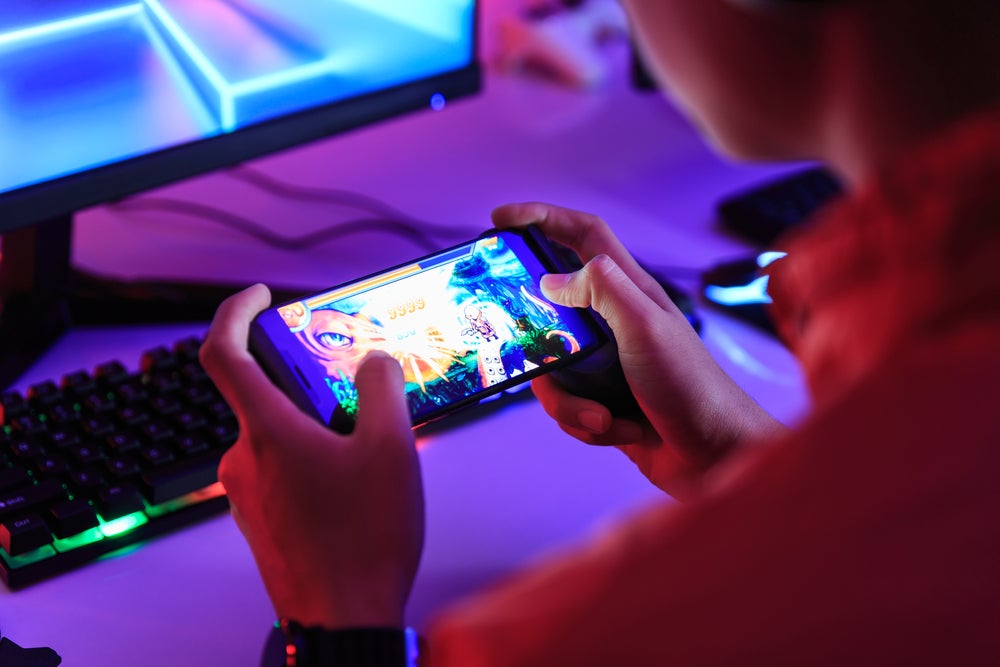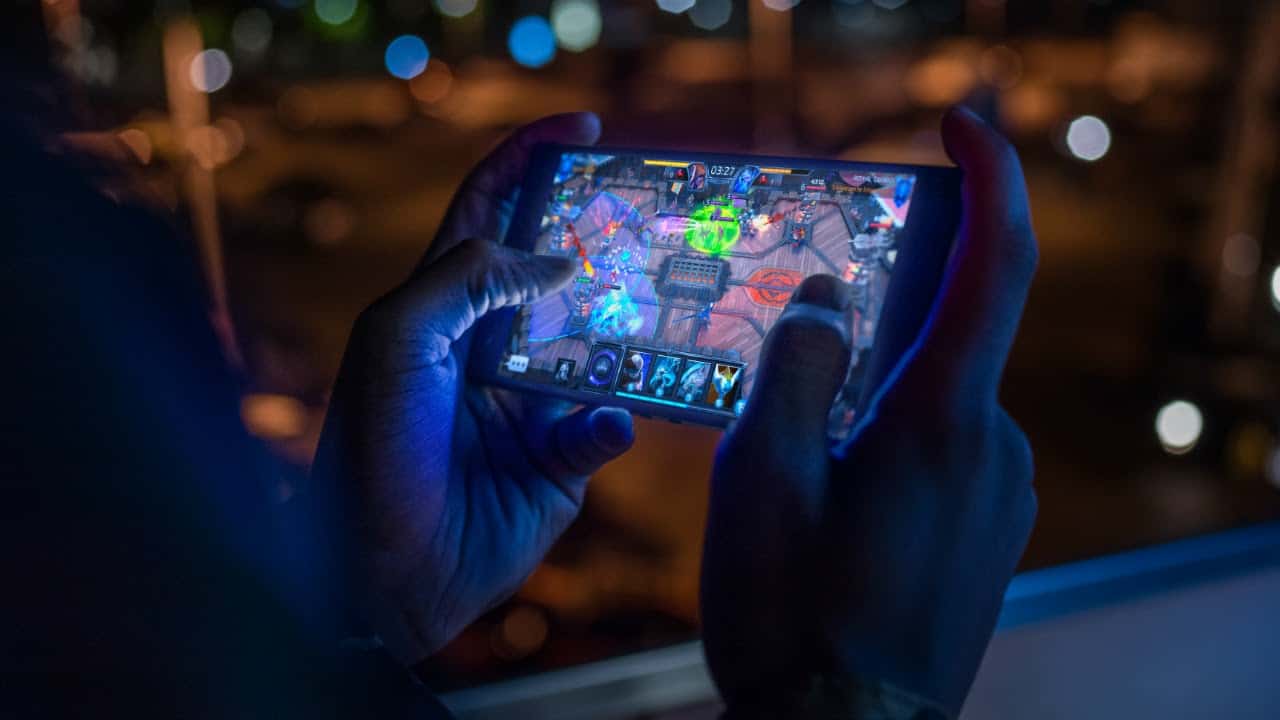Unlocking Mobile Gaming’s Potential: Performance Beyond Limits

Mobile gaming is no longer a casual pastime; it is a global powerhouse, rivaling, and often surpassing, traditional console and PC markets in revenue and sheer player volume.
The games we play on our smartphones today—from hyper-realistic battle royales to complex, persistent world MMOs—demand computational power that was previously unimaginable in a handheld device.
This rapid evolution means that the constant pursuit of peak mobile gaming performance is a technological arms race involving chip manufacturers, software developers, and the mobile hardware industry as a whole.
Achieving a true “performance boost” today requires a holistic approach, touching every aspect of the device: the silicon, the cooling systems, the network connectivity, and the software optimization layer.
This article dives deep into the cutting-edge technologies that are shattering performance ceilings and redefining what a pocket-sized gaming machine is capable of in 2025.
I. The Silicon Foundation: Microchip Mastery

The engine driving mobile gaming performance is the System-on-a-Chip (SoC). Manufacturers like Qualcomm (Snapdragon), MediaTek, and Apple are locked in a fierce battle to create the most powerful and efficient mobile processors ever.
A. The Next-Generation Architecture
The latest SoCs are engineered with specific components dedicated to gaming, going far beyond general-purpose computing.
- Specialized GPU Cores: The mobile GPU (Graphics Processing Unit) is constantly evolving, adopting architectural features previously exclusive to desktop graphics cards. These specialized cores are optimized for modern rendering techniques, including:
- A. Hardware-Accelerated Ray Tracing: While still demanding, mobile GPUs are integrating dedicated units to handle limited real-time ray tracing, bringing more realistic shadows, reflections, and global illumination to handheld games.
- B. Advanced Shading: Utilizing techniques like Variable Rate Shading (VRS) to focus rendering detail on the most visible parts of the screen, conserving battery life and boosting frame rates without noticeable quality loss.
- AI Performance Units (NPUs): The Neural Processing Unit (NPU) is now a standard, indispensable part of the SoC. For gaming, the NPU handles several crucial tasks:
- A. AI Super Resolution: Running machine learning algorithms (similar to NVIDIA DLSS or AMD FSR) to upscale lower-resolution renders to the display’s native resolution, dramatically boosting performance while maintaining high visual fidelity.
- B. Predictive Performance Scaling: Dynamically adjusting CPU and GPU clock speeds based on predictive modeling of the game’s load, ensuring smooth frame rates and preventing sudden throttling.
- Heterogeneous Computing: Modern SoCs excel at distributing tasks efficiently across different core types (high-power CPU cores, high-efficiency CPU cores, GPU, NPU). This ensures that game logic runs on the fastest core, while background tasks and AI inference are offloaded to more specialized, power-efficient units.
B. Power Efficiency and Thermal Management
Raw power is useless if the device overheats and throttles performance. The true measure of a high-end gaming SoC is its sustained performance under load.
- Smaller Process Nodes: Chip manufacturers are continuously migrating to smaller process nodes (e.g., 3nm and beyond). Smaller nodes mean more transistors can be packed into the same space, leading to increased power and reduced thermal dissipation requirements.
- Advanced Cooling Systems: The physical cooling apparatus within the phone is now as important as the chip itself. High-end gaming phones integrate sophisticated solutions:
- A. Vapor Chambers: Large-surface-area vapor chambers or graphite sheets are used to quickly absorb and spread heat away from the critical components.
- B. External Active Cooling Accessories: Manufacturers often design accessories (external fans or cooling clips) that actively pull heat away from the phone’s casing, allowing the SoC to maintain peak clock speeds for longer durations.
II. The Display and Input Revolution
The interaction point—the screen and the player’s fingers—is where the performance is truly experienced. Display technology and input methods are key components of the overall “boost.”
A. Ultra-High Refresh Rate Displays
High refresh rate screens are now a must-have for competitive mobile gaming.
- 144Hz and Beyond: While 120Hz is standard, many top-tier phones offer 144Hz or even 165Hz refresh rates. A higher refresh rate ensures that the player sees crucial game information, such as an enemy peaking around a corner, sooner and smoother than on a traditional 60Hz screen.
- Variable Refresh Rate (VRR) Technology: VRR allows the display’s refresh rate to sync dynamically with the game’s frame rate. This prevents screen tearing and reduces display latency, providing a smoother, more responsive visual experience, especially when the frame rate fluctuates.
- High Touch Sampling Rate: The speed at which the screen registers finger input is called the touch sampling rate (TSR). Top gaming phones boast TSRs of 480Hz, 720Hz, or even higher. This minimizes the time between a player’s tap/swipe and the game acknowledging the input, giving a competitive edge in fast-paced games.
B. Physical Input Enhancements
Mobile phones are adopting physical controls to improve ergonomics and response time.
- Shoulder Triggers: High-end gaming phones now often feature built-in, physical, or capacitive “shoulder triggers” (similar to controller bumpers). These dedicated buttons offer tactile feedback and superior response time compared to simply tapping the touchscreen, providing a significant advantage in shooters and action games.
- Advanced Haptics: High-quality haptic motors provide nuanced, precise vibrational feedback that can simulate recoil, impacts, or in-game events. This tactile feedback loop enhances immersion and provides non-visual cues to the player.
III. Software, Connectivity, and Optimization Layer

The hardware is the engine, but the software is the fuel. System-level optimization and networking integrity are paramount to achieving consistent, peak performance.
A. Dedicated Gaming Modes and OS Optimization
Mobile operating systems (OS) and custom manufacturer skins now include advanced features to prioritize gaming.
- Performance Boost Modes: A dedicated “Game Mode” or “Boost Mode” found on most modern devices performs several critical optimizations when activated:
- A. Clearing Background Processes: Automatically closing unnecessary apps and background services that consume CPU/RAM resources.
- B. Resource Prioritization: Dedicating maximum power allocation and priority to the game process, overriding standard OS throttling mechanisms.
- C. Notification Suppression: Temporarily blocking disruptive calls, notifications, and pop-ups to ensure uninterrupted focus.
- API Level Optimization: Game developers work closely with chip makers to utilize low-level APIs (Application Programming Interfaces) like Vulkan or specialized extensions. These APIs give developers more direct control over the GPU, resulting in less CPU overhead and better power efficiency compared to older APIs like OpenGL.
B. Network Latency and Stability
Even the fastest phone is crippled by a poor connection. Mobile gaming requires robust, low-latency networking.
- 5G and mmWave Technology: The widespread deployment of 5G is crucial. Its high bandwidth and, more importantly, extremely low latency significantly improve responsiveness for real-time multiplayer games. Millimeter-Wave (mmWave) 5G offers the highest speeds and lowest latency in dense urban areas.
- Wi-Fi 6E/7 and Dual-Band Connectivity: Latest generation Wi-Fi standards (6E and 7) offer improved stability and reduced interference. High-end phones utilize dual-band Wi-Fi features that can simultaneously connect to two different frequency bands (e.g., 2.4 GHz and 5 GHz) or even two different routers to provide a single, stable, aggregated connection.
- Networking Prioritization Software: The phone’s firmware uses software to prioritize game data packets over all other internet traffic (like streaming video or background downloads), mimicking the quality-of-service (QoS) protocols used in high-end routers.
IV. The Future Frontiers: Beyond Conventional Design
The next performance leaps will come from technologies that redefine the mobile form factor and integrate even deeper AI functionality.
A. Foldables and Ergonomics
Folding phones, once a novelty, are maturing into serious gaming devices.
- Dual-Screen Advantage: Foldable screens offer a unique advantage: one screen can be dedicated entirely to the game view, while the other can act as a dedicated control panel, displaying maps, inventory, or custom macros without cluttering the main screen.
- Tablet-Sized Immersion: When unfolded, the device provides a tablet-sized canvas for truly immersive, large-scale gaming experiences, bridging the gap between mobile and traditional tablet gaming.
B. Cloud and Hybrid Gaming
The boundary between local processing and cloud streaming is dissolving, creating new performance avenues.
- Cloud-Augmented Processing: Highly demanding components of the game—such as complex physics simulations, large-scale AI for open-world NPCs, or advanced global illumination—can be offloaded to powerful cloud servers. Only the optimized, rendered video feed is streamed back to the phone. This allows the phone to handle less intensive tasks, resulting in higher frame rates and less heat.
- Hybrid Rendering: The phone handles local rendering for latency-critical elements (player character movement, UI) while the cloud renders the massive, static background environment. This collaboration reduces both local processing load and cloud latency.
C. Advanced AI Frame Generation
Building on current NPU capabilities, future software will use AI to create entirely new, interpolated frames.
- Synthetic Frames: The AI analyzes two consecutive real frames rendered by the GPU and inserts a plausible, synthetically generated intermediate frame between them. This effectively doubles the perceived frame rate and motion smoothness without the GPU having to actually render every single frame, significantly reducing the performance load. This technology promises to be a game-changer for maintaining 120Hz+ experiences on demanding titles.
Conclusion
The pursuit of peak mobile gaming performance is a relentless cycle of innovation, simultaneously pushing the boundaries of silicon engineering, display technology, and software optimization.
The “performance boost” is not a single feature but a carefully engineered symphony where every component works in harmony: the 3nm SoC provides the raw, energy-efficient power; the Vapor Chamber ensures sustained performance; the 165Hz VRR display eliminates visual lag; and the AI NPU smartly upscales graphics and prioritizes system resources.
The technological arms race is fundamentally changing player expectations. Gamers no longer accept significant compromises in visual fidelity or stability simply because they are playing on a handheld device.
The modern mobile flagship is now a legitimate pocket console, capable of running titles with graphical features (like real-time ray tracing and complex post-processing) that were only recently the domain of desktop GPUs.
Looking forward, the evolution will be driven by convergence and automation. The blending of the local device with the infinite power of the cloud through hybrid rendering and cloud-augmented processing promises to break the final barriers of size and heat constraints.
Furthermore, the maturation of AI Frame Generation will effectively redefine the meaning of “frame rate” itself, allowing even mid-range devices to deliver silky-smooth motion.
This unstoppable technological ascent ensures that mobile gaming will continue to attract the highest-fidelity experiences, solidify its global dominance, and provide an increasingly seamless, powerful, and immersive experience right in the palm of your hand.